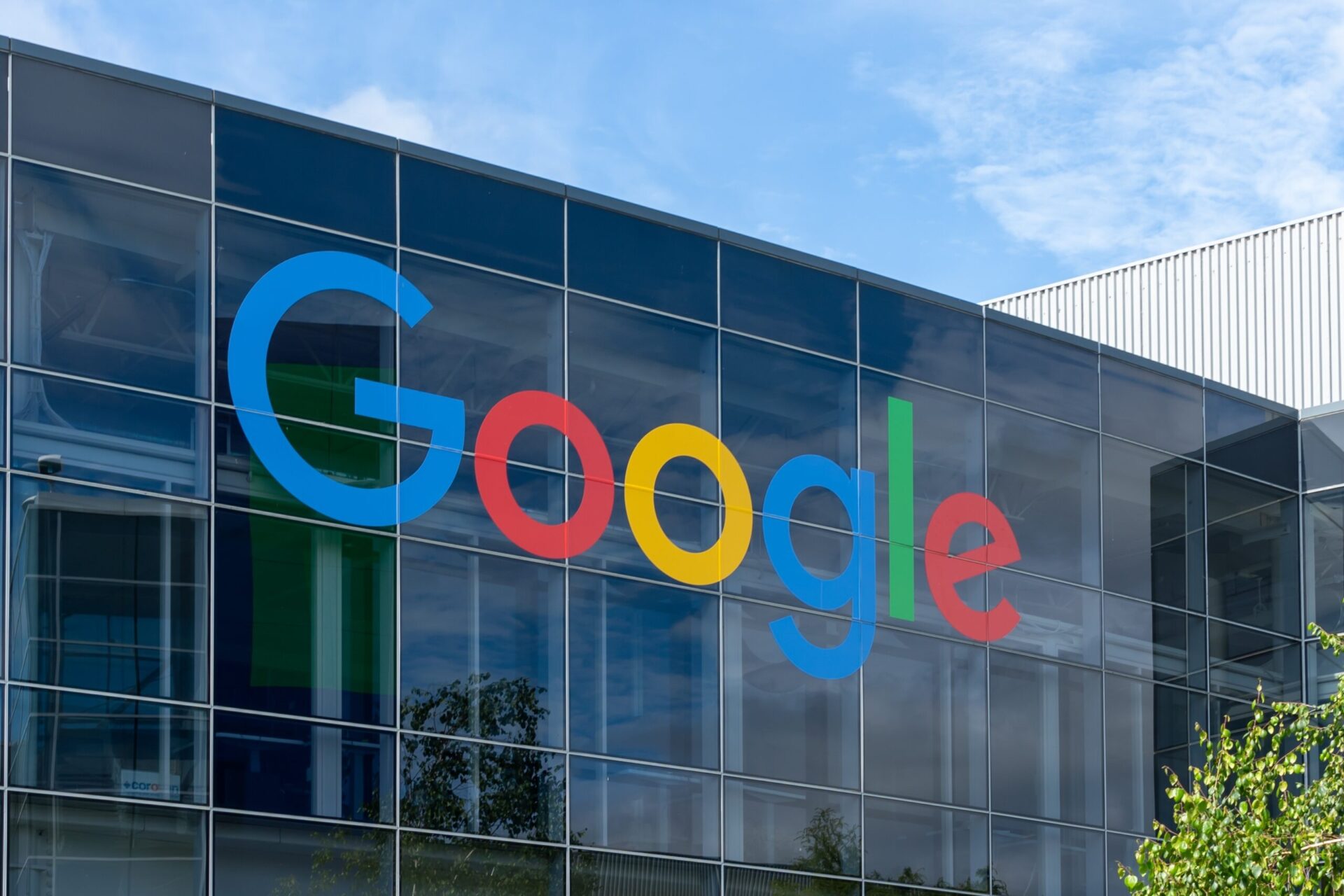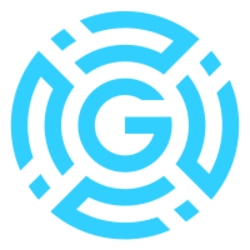TLDR;
- Google introduces a new evaluation framework focused on real-world performance of AI.
- Traditional benchmarks are deemed insufficient for practical applications.
- The model emphasizes dynamic environments and user interactions.
- This research sets a precedent for AI deployment in critical sectors like healthcare and customer service.
Google is taking a significant step forward in the way artificial intelligence is assessed by proposing a novel framework tailored to test large language models in real-world conditions.
Rethinking AI Evaluation Beyond the Lab
The new system, detailed in a research paper led by Ethan M. Rudd and his team, addresses a long-standing gap in AI development. While most current models are evaluated using static, synthetic benchmarks, this framework pushes for a more realistic approach, focusing on actual usage scenarios where performance can differ drastically.
According to the researchers, existing metrics often give a misleading sense of an AI model’s reliability. A chatbot might perform admirably during lab simulations, but break down when interacting with users in a fast-paced, unpredictable environment such as a customer support line. Google’s new framework aims to bridge that gap by introducing representative datasets, broader performance metrics, and context-aware testing methodologies.
Performance Under Pressure Matters
One of the central findings is that many evaluation techniques currently in use fail to account for the variability of real-world use. Traditional benchmarks often ignore how models respond to natural language quirks, ambiguous phrasing, or rapid shifts in context, all of which are common in practical applications. The framework proposed by Google insists on including these unpredictable variables during testing to better mirror the actual conditions an LLM might face post-deployment.
This shift could be especially transformative in sectors like healthcare, where accuracy and contextual understanding can be a matter of life and death. It also has implications for creative industries, where generative models must interpret open-ended prompts and still meet user expectations. The researchers argue that by aligning testing methods with the settings in which AI is actually used, outcomes will become more consistent and trustworthy.
A Broader Push Toward Robust AI
This framework comes just weeks after another major development from Google’s AI research wing. Earlier this month the company introduced Differentiable Logic Cellular Automata, an innovative model that combines neural networks with logic circuits. Designed to simulate complex pattern learning, this model was capable of mimicking the rules of Conway’s Game of Life while remaining stable even under noisy conditions. Both initiatives highlight Google’s broader effort to improve not just the intelligence of its AI systems but their resilience and dependability in fluctuating conditions.
Taken together, these projects reflect a deepening commitment to real-world performance and stability in AI. As models become more embedded in everyday tools and services, ensuring that they can operate reliably outside of controlled environments has become a top priority.
Real-World Focus, Real-World Impact
Despite its promise, the new framework is not without limitations. One of the ongoing challenges will be keeping datasets relevant as language, user expectations, and digital behaviors evolve. The team acknowledges that the framework will require continuous updates to maintain its effectiveness.
Even so, this latest push by Google sets a strong precedent for more responsible and meaningful AI evaluation. As the field continues to mature, the emphasis is shifting from theoretical excellence to practical performance, a shift that could redefine how the next generation of AI is developed, tested, and trusted.















